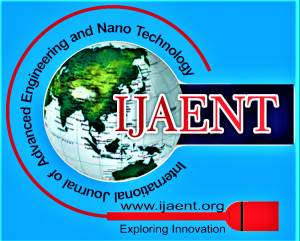![]()
Application of Phase-Change Materials in Buildings: Case Study Al Khobar City, Saudi Arabia
Nader A. Nader
Nader A. Nader, Department of Mechanical Engineering, Prince Mohammad Bin Fahd University, Saudi Arabia.
Manuscript received on June 07, 2015. | Revised Manuscript received on June 23, 2015. | Manuscript published on June 30, 2015. | PP: 19-23 | Volume-2 Issue-7, June 2015. | Retrieval Number: G0317062715
Open Access | Ethics and Policies | Cite
© The Authors. Published By: Blue Eyes Intelligence Engineering and Sciences Publication (BEIESP). This is an open access article under the CC BY-NC-ND license (http://creativecommons.org/licenses/by-nc-nd/4.0/)
Abstract: Phase-Change Materials (PCMs) are substances with a high heat of fusion that melt and solidify at a certain temperature range. They are capable of storing and releasing large amounts of energy and have a high capacity of storing heat. PCMs prevent energy loss during material changes from solid to liquid or liquid to solid. They have several advantages such as its self-nucleating properties, and disadvantages such as having low thermal conductivity [4]. There are different types of PCM with a wide range of applications. This paper studies the potential application of PCMs in building energy conservation materials. The analysis shows that the use of BioPCM material as an insulation layer in building can decrease the cooling load by 20% in comparison to a standard one. In addition, this research reviews the program performance to date through conducting a survey to evaluate the HVAC energy consumption efficiency in Residential and Commercial Buildings in Al Khobar City, Saudi Arabia. Forty Buildings were surveyed in October 2014. The survey results showed that fifty perecent of the buildings don’t have insulation and their HVAC systems were more than 10 years old and with lower efficiencies.
Keywords: Phase-Change Materials, Energy Cosumption, Cooling Load, Insulation Material.
